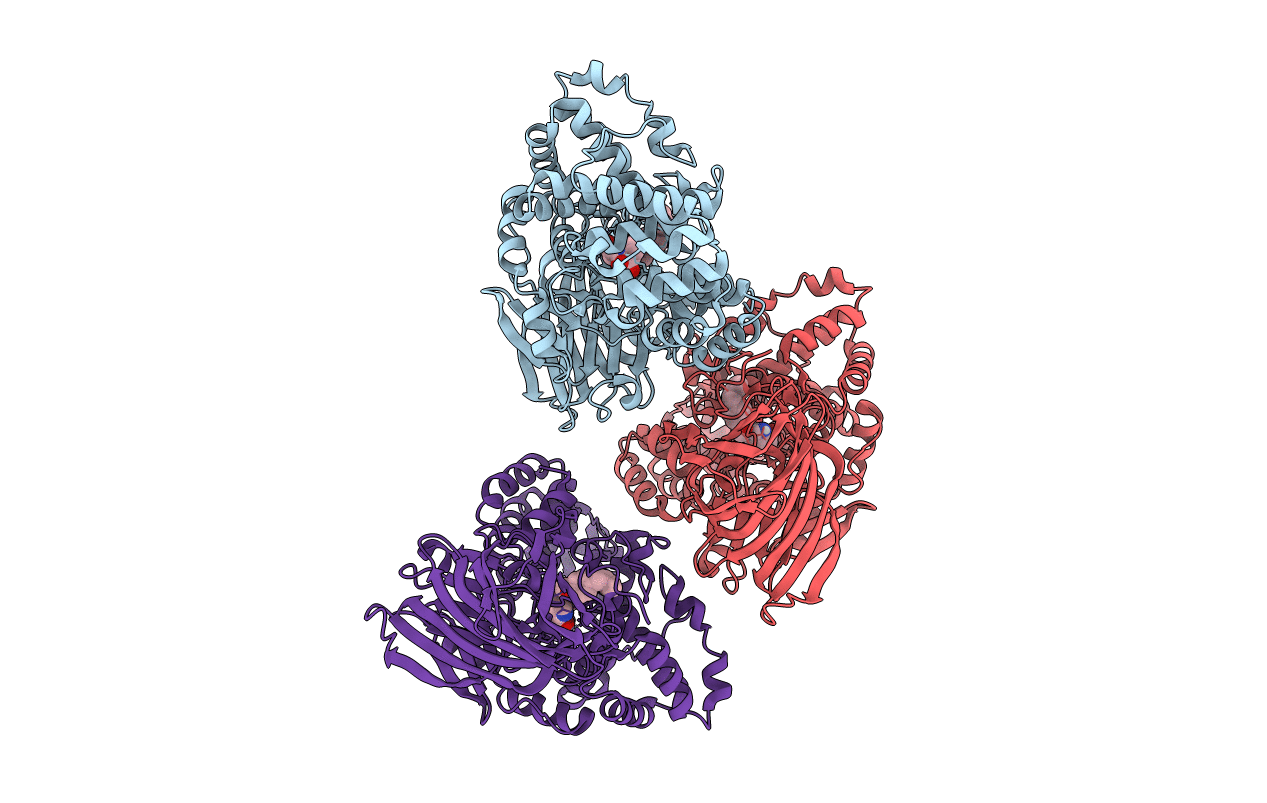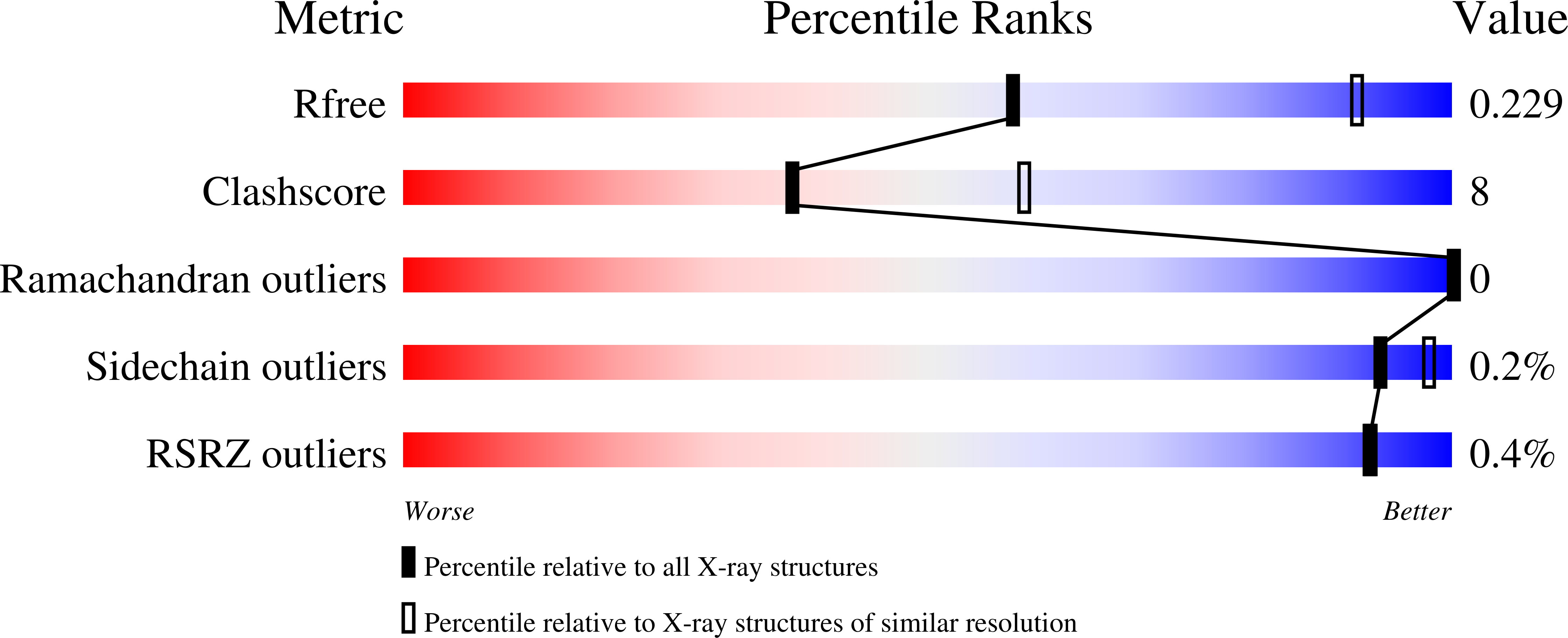
Deposition Date
2021-02-04
Release Date
2022-06-22
Last Version Date
2023-10-18
Entry Detail
PDB ID:
7LLQ
Keywords:
Title:
Substrate-dependent divergence of leukotriene A4 hydrolase aminopeptidase activity
Biological Source:
Source Organism:
Homo sapiens (Taxon ID: 9606)
Host Organism:
Method Details:
Experimental Method:
Resolution:
2.85 Å
R-Value Free:
0.22
R-Value Work:
0.19
R-Value Observed:
0.20
Space Group:
P 32


